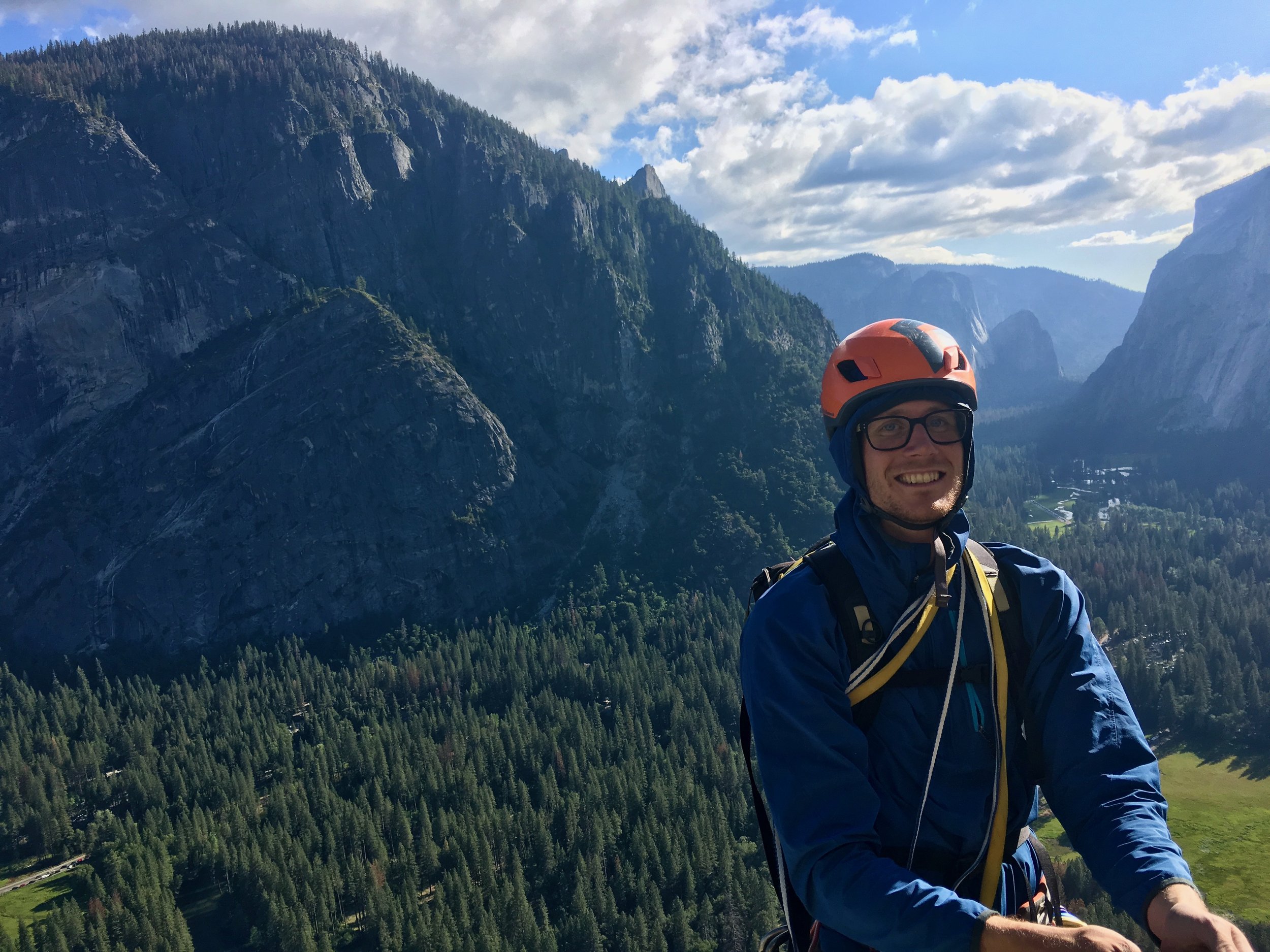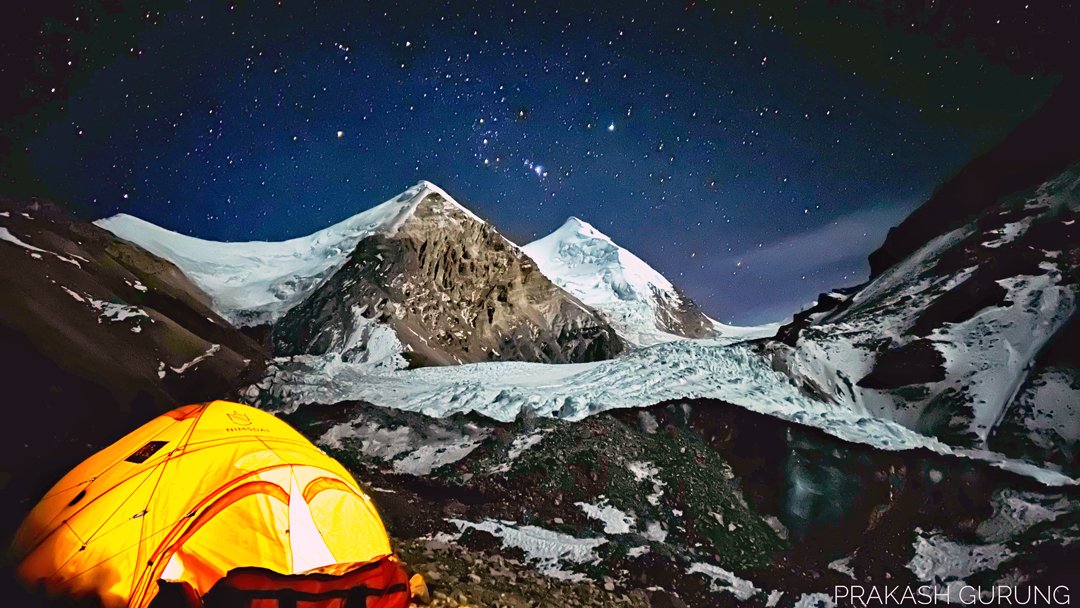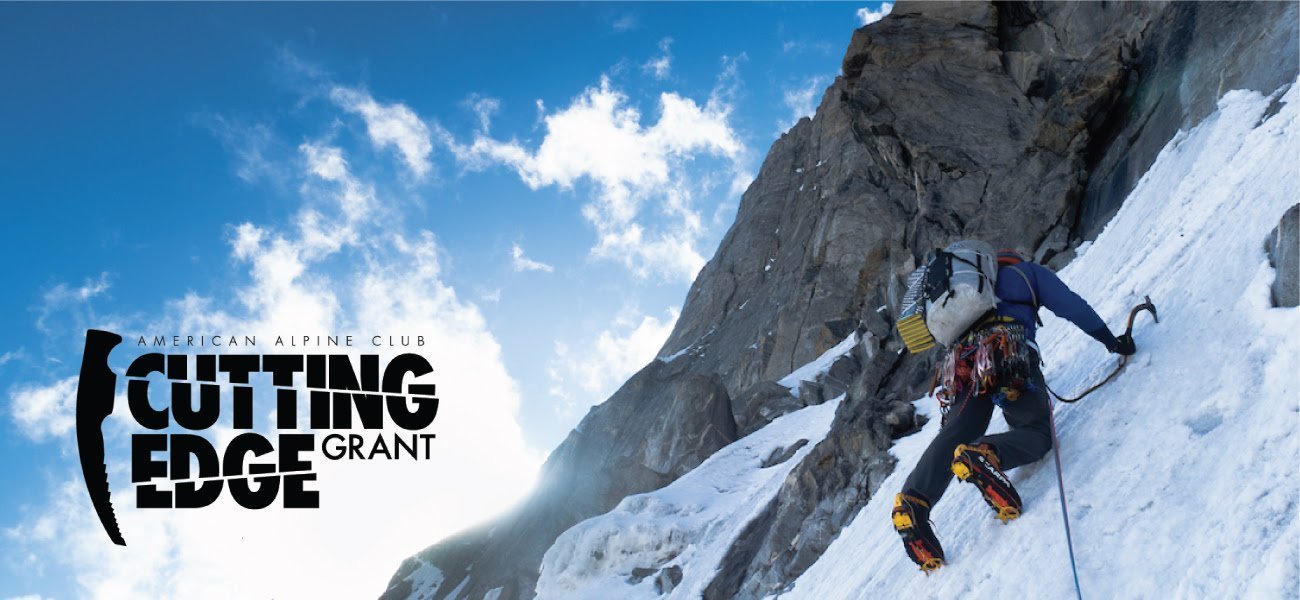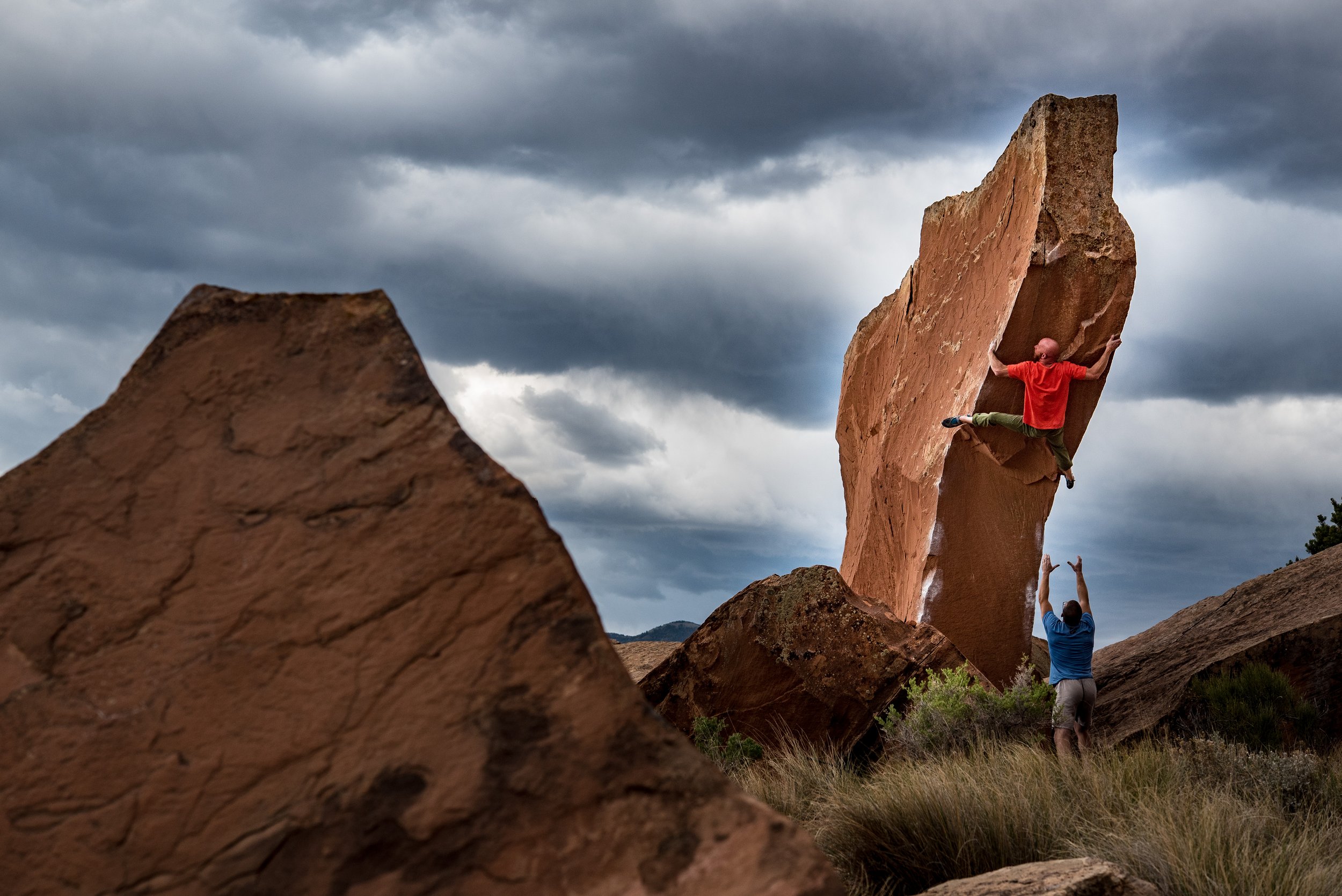By Advocacy and Gov’t Affairs Manager, Amelia Howe
This article originally appeared in Summit Register 005.
Warming light near Sedona, AZ. Land of the Hohokam, Hopitutskwa, Yavapaiv Apache, and Jumanos peoples. AAC member Jeremiah Watt
At the American Alpine Club, it is no secret that the power of our policy and advocacy work is fueled by passionate climbers from across the country. They may be the policy chair of their local chapter, long-term AAC volunteers taking initiative to get involved in a climbing management plan, an AAC member flagging an issue happening at their local crag, or a climber hoping to learn how to create impact in their community. Regardless of who the individual may be or how they are connected to the Club, climbers are deeply engaged in policy and advocacy. We believe that change happens when everyday climbers unite around a shared cause and are positioned to advocate for the interests of their community. Therefore, over the past several months, the AAC policy department has been cultivating the inaugural Climbers’ Advocacy Network (CAN).
There has been a lot of impactful policy and advocacy work happening in AAC chapters across the country. We hope to be better allies of these individuals and provide them with the education and resources they need to be more effective in their local communities. To kickstart the program, we observed where this work was already happening and where volunteers were most excited to engage in policy and advocacy efforts. Through interviews with climbers and gathering data from our Annual Climber’s Survey, we landed on these initial hubs: California, Colorado, D.C., Georgia, New England, Utah, and Washington.
We are in the process of recruiting volunteer teams and creating a Climbers’ Advocacy Curriculum. This curriculum will enable our climbing advocate volunteers to enhance their policy and advocacy skillsets and ultimately take on projects in their local communities.
The Ultimate Dream for the CAN:
Meadows in Yosemite National Park, CA. Land of the Me-Wuk and Numu peoples. AAC member Jeremiah Watt
+ Each AAC section and chapter has a CAN Chair or Policy Chair that will work closely with their local chapter, the AAC HQ, their local climbing organization, and other coalition partners to build conservation and climate capacity on a local level.
+ They will create campaign plans to address issues that matter most to climbers in their regions.
+ Campaigns + projects will be different from place to place because each community is unique and has its own strengths and weaknesses.
+ Projects could look like rallying climber support for a new Office of the Outdoors in your state or hosting voter registration nights at their local gym.
What ideas do you have for building local impact in your climbing community?
From our office in Golden, we know that we don’t have adequate context to tell our members what issues they should care about in their communities. It is critical that we listen to folks on the ground to find out how to best support critical climate and conservation work across the country, and that’s where you come in. Do you live in one of our CAN kickoff states and want to get involved? Let us know here.
Climber’s Advocacy Network Crag Tour
Stunning ambiance of Dead Horse Point, UT. Land of the Ute people. AAC member Jeremiah Watt
Damon Yeh
CAN Hub: California
What are your local climbing spots?
I currently live in San Diego, CA, and you can usually find me at the Mesa Rim climbing gyms. On weekends, I try to make my way out to Joshua Tree NP, but if I only have a half-day free, Mt. Woodson is one of my favorite spots.
How would you describe your relationship with climbing?
Climbing has provided me with many opportunities and helped me build a lot of meaningful relationships. I am less interested in pushing grades. Rather, I find joy in exploring nature and hanging out with the people I care about.
If there was a book written about you and climbing, what would it be called?
“Never Too Proud to Top Rope!”
Are there any particular issues you think your region will be focused on at this point?
Shingo Ohkawa bouldering in Joshua Tree National Park, CA. Land of the Western Shoshone and Serrano peoples. AAC member Andrew Burr
There is a lot to cover in the state of California! Fifty-two percent of the state is public land, and the vast majority is federal land. I am most concerned about making sure everyone has equitable access to nature. Not everyone feels they have a place on our public lands or that they have a voice in how we manage them. My goal is to break down barriers for everyone to get more involved with our public lands.
Why should climbers in your region volunteer with you to build CAN Capacity?
Climbers should volunteer with me because I want everyone to have a seat at the table. California is a big state, and we need all hands on deck to build a sustainable and equitable future!
Elliot Becker
CAN Hub: Washington D.C.
What are your local climbing spots?
I’m living in the Brookland neighborhood of Washington, D.C. My home crags are Seneca Rocks and the New River Gorge.
How would you describe your relationship with climbing?
I really love all aspects of climbing. While my favorite is long rock routes, the advent of COVID and the arrival of a new baby have turned me into a more dedicated boulderer of late.
Why are you excited to gain more advocacy and policy skills?
I’ve long taken the view that whatever you care about, you should organize to improve. I care a lot about climbing, so I want to do what I can to enhance the situation here. I’m particularly looking forward to increasing my ability to talk to elected leaders.
The New River Gorge. Land of the Moneton, Tutelo, Yuchi, and Shawandasse Tula peoples. AAC member Francois Lebeau
Are there any particular issue areas you think your region will be focused on at this point?
The D.C. area has a lot of people and not a lot of good rock, so we need to do what we can to improve and maintain access throughout the region. We need to be alert to any opportunities to expand access and any threats to access while also improving organization and infrastructure to support higher numbers.
Reese Rogers
CAN Hub: Georgia
What are your local climbing spots?
I live in Decatur, GA, just east of Atlanta. I boulder at Boat Rock in Atlanta and enjoy the crags around Chattanooga like Tennessee Wall and Foster Falls. I also climb at Stone Summit gyms in the Atlanta area.
How would you describe your relationship with climbing?
For me, climbing is a way to experience landscapes from a new perspective and a reason to explore my local region and learn more about it. I was an avid backpacker before I was a climber, and climbing initially appealed to me when I realized I could go up mountains instead of just walking around them. This exploration aspect of climbing is essential to me and part of the reason I enjoy everything from bouldering to ski mountaineering.
Why are you excited to gain more advocacy and policy skills?
Squeezing their way up Bumboy (V3) during the Float the Boat compeition at Boat Rock in Atlanta, GA. Land of the Muscogee and East Cherokee peoples. Kate Okenatez-Mahoney
I’ve worked on energy and climate issues throughout my career. It has always been difficult to disentangle discussions around energy production, climate change, public lands management, and, increasingly, outdoor recreation. I am glad to see the AAC wrestling with these larger issues that affect this passion of ours, and I want to contribute to these discussions more. The opportunity to learn advocacy skills alongside others who share a passion for climbing is a big motivator. Climbing definitely heightened my awareness of local public lands management issues and specific climate change impacts globally.
Are there any particular issue areas you think your region will be focused on at this point?
Access and awareness of climbers as a user group seem to be perennial issues in the Southeast. We don’t have large swaths of federal public lands in the South (at least with climbing), so much of the climbing is in state-managed parks or on private lands where access has been negotiated with the landowner. Fortunately, we have amazing LCOs in the Southeastern Climbers Coalition and the Carolina Climbers Coalition. They do great work creating and maintaining access and promoting stewardship. As climbers grow as a user group, we will need to ensure that state and regional policies and resources match the increasing use of these typically under-resourced areas.
Alma Baste
CAN Hub: Utah
What are your local climbing spots?
I just moved to Salt Lake City! So I guess Little Cottonwood Canyon would now be my local crag.
How would you describe your relationship with climbing?
Complicated. It’s definitely a love/hate relationship somedays. Overall though, I really love the sport. I love the community, and the way you can meet new people and make friends regardless of where you live. I’ve met so many new people during my solo sessions at Rocktown. Beyond that, I love the mobilization climbers have in terms of stewardship and advocacy. When we’re really passionate and care about something, we go for it with the same intensity that we have for pursuing climbing objectives.
If there was a book written about you and climbing, what would it be called?
“The Ghost at Nose Candy”—I’ve had several people recognize me from working that boulder so much this past season; it’s almost embarrassing, but it is a magnificent boulder. And I love spooky stuff.
Why are you excited to gain more advocacy and policy skills?
My first trip to Indian Creek was shortly before it became part of Bears Ears National Monument. After the monument was rescinded, I became more and more aware of the need for advocacy surrounding climbing areas. Since then, I’ve pursued a master’s degree in Environmental Policy. The Climber’s Advocacy Network seemed like an excellent opportunity to gain even more skills, especially outside of a university, and focus on more local issues—like getting climbing included in management plans for different wilderness areas.
Jimmy Keithley, Vultures are Waiting 5.8,
The Cobblehorn, City Creek Canyon, UT. Land of the Goshute and Eastern Shoshone peoples. AAC member Andrew Burr
Are there any particular issue areas you think your region will be focused on at this point?
I’m still learning the SLC issues and building connections with local stakeholders like the Salt Lake Climbers Alliance, but I know the threat of a gondola or road expansion projects in Little Cottonwood Canyon has been a big subject lately. Both projects result in the destruction of popular bouldering areas throughout the canyon. Neither of them does much to improve the issue they intend to solve.
Why should climbers in your region volunteer with you to build CAN Capacity?
Because I can’t do this alone! And while I am incredibly obsessed with Utah, I’m by no means a local and would love to have the expertise of someone who’s been here far longer than me.
Daniel Kroth
CAN Hub: New England
What are your local climbing spots?
I live in Cambridge, MA. Brooklyn Boulders Sommerville is my local gym.
How would you describe your relationship with climbing?
I think many climbers like to solve puzzles on and off the wall, test themselves physically, and explore the edges of their comfort zone. Like most of us, I feel as though my life can largely be divided into intellectual, physical, and emotional or expressive pursuits. One of the things I love most about getting outside to climb is combining these three facets of myself to approach new challenges.
Why are you excited to gain more advocacy and policy skills?
A beautiful day to boulder with Kai Lightner at the Gunks in New York. Land of the Munsee Lenape People. AAC member Chris Vultaggio
I’m excited because this stuff matters! I was able to build a meaningful connection to the outdoors in large part because easy access and low costs made it possible for my family to get outside. I want to build the skills necessary to help preserve this access and expand it to others.
Are there any particular issue areas you think your region will be focused on at this point?
Here in the Northeast, I think we have an excellent opportunity to advocate for equitable access to outdoor recreation. Of course, climate change awareness will be of paramount importance across the Club. With popular support for both initiatives in our region, we’re well-positioned to make an impact.
Why should climbers in your region volunteer with you to build CAN capacity?
Whether you’re in the area for school or grew up with a local crag, this group can help you build the skills and connections to advocate for issues important to you. We’re looking for teammates to think through the issues, keep a finger on the pulse of the local climbing community, and connect ideas to advocacy.














































